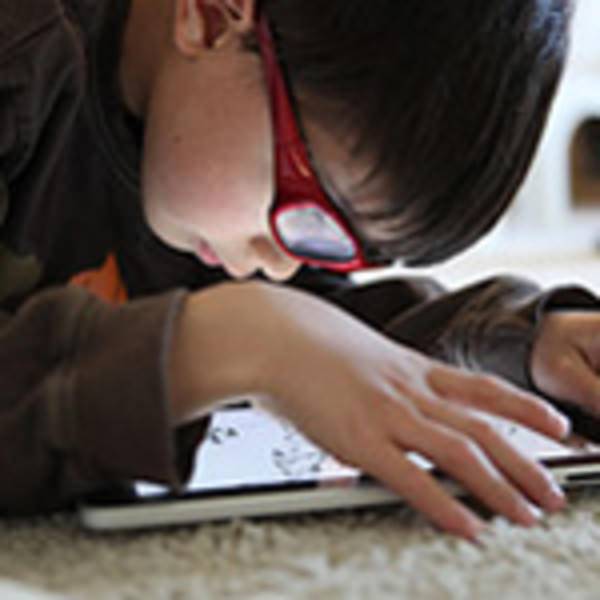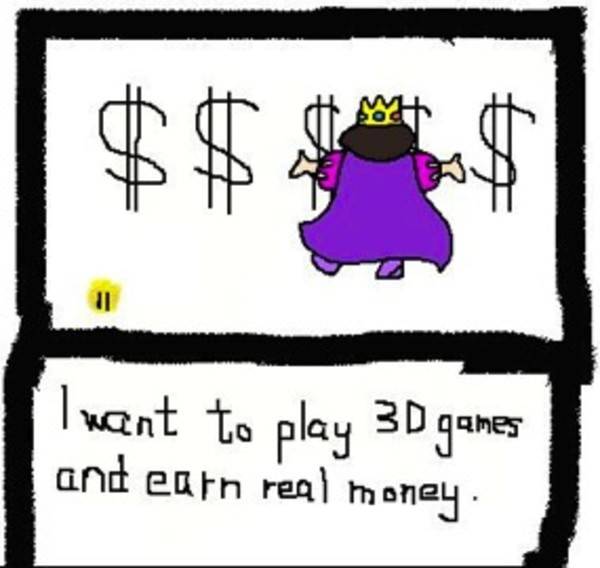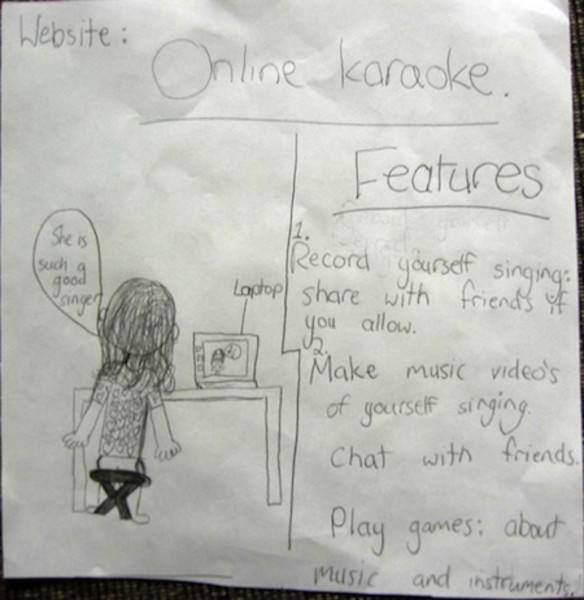
This is Part Two of a two-part series. Part One: Study: Kids are the Road to Tech Innovation
Latitude recently completed a multi-phase innovation study, Children’s Future Requests for Computers and the Internet, which asked kids across the world, ages 12 and under, to draw the answer to this question: “What would you like your computer or the Internet to do that it can’t do right now?” In our last post, we highlighted three themes that recurred across kids’ ideas for new technologies.
- The Digital vs. Physical Divide is Disappearing (Tech = World)
- Why Aren’t Computers More Human? (Tech = Me)
- Technology Can Improve and Empower Us (Me = World)
We also pinpointed three key recommendations for creators of new content and technology experiences (for both kids and adults):
Download the study summary (PDF) for Children’s Future Requests for Computers and the Internet.
Kadley Gosselin is a writer for Latitude, an international research consultancy. Visit latd.com/ for other studies in Latitude’s open innovation series.
“I want to travel to another place as if I was really there–like a virtual reality thing where you can move around in the environment as it exists in real life.” –Female, 10, Melbourne, Australia
Don’t think robots are just for schools. The majority of kids (77%) imagined future technologies with human-level responsiveness, often in the form of robots or virtual companions that could assist them with real-world tasks and abilities like doing chores or troubleshooting homework issues, suggesting that humanoid robots are a promising area of opportunity, as they can teach while feeling like a mentor or friend rather than an electronic console. (Check out Latitude’s Robots @ School study here.)
“My son wishes the computer was a robot he could take everywhere with him–to play chess with him or soccer outside… in other words, he wants it to be a friend he can share with his other friends.” –Male, 7, Barranquilla, Colombia
For kids, learning systems equipped with networking functionality and real-time, natural language processing – such as a robot that can look up and recite Wikipedia entries – can create a greater sense of independence and control. Robots such as LEGO Mindstorms offer kids the thrill of creating while helping them to understand algebra, while some robots are being piloted in schools to help with language-learning. However, there’s a clear opportunity to move beyond school environments, bringing robots into the home to motivate independent learning and to foster new interests.
“I would like a ballet teacher on the computer.” –Female, 5, Kankakee County, Illinois

“Kids are not only learning computer programming, they are also learning how to participate in a peer-production environment where they collaborate with others by remixing and exchanging ideas.” – Andrés Monroy-Hernández, researcher and designer of the Scratch online community.
For adults, robot interactions can offer encouragement, increased motivation and progress-tracking to help them achieve their personal goals. Robots can be used to practice physical therapy, play sports and even provide training and track fitness goals. For example, Autom is a humanoid health coach by MIT’s Personal Robots Group that becomes part of the user’s social support network. Over long-term evaluation, Autom was shown to be more effective at keeping people engaged than a stand-alone desktop computer running the same software and a traditional paper log.
Bring “grown up” skills within reach. One-third of participants invented technologies that would empower users by fostering knowledge or “adult” skills, such as playing a musical instrument, making Web sites, or learning how to cook. Tech developers should focus on products and services that transfer knowledge or skills to users without the burdens traditionally associated with self-improvement–and which allow them to flex their mastery of these advanced skills in the context of creation and creativity.

Story Patch is a smartphone app that enables users to create their own illustrated storybook–essentially, the child version of Blurb, a site that provides a quick and easy means to design and publish a book. Other current “creatitainment” games along the lines of Guitar Hero and Rock Band answer a huge demand while serving a similar need. Moreover, when building apps and other tools that enable “advanced creations,” ensure that users also have the ability to instantly show off what they’ve made.
“You should be able to record a video of yourself singing a song without having a video recorder or audio recorder attached to your computer. You should be able to put different backgrounds on, and make yourself wear different things. And share the videos with your friends if you want.” –Female, 9, Canberra, Australia

MIT’s Scratch is a programming language and online community that allows kids to produce their own interactive content and games and share their creations with others. “People often think of programming as an activity reserved for expert adults. We think programming, like reading and writing, is for everyone,” explains Andrés Monroy-Hernández, researcher and designer of the Scratch online community. “Kids are not only learning computer programming, they are also learning how to participate in a peer-production environment where they collaborate with others by remixing and exchanging ideas. In the future, I hope to see a broader range of socio-technical platforms that empower amateurs to be active participants in a world increasingly mediated by social computing environments.”
Offer games and entertainment with real-world outcomes. Kids expect their online activities to have real-world impact and vice versa. Web, mobile and game developers are bridging online and offline experiences for both kids and adults through sites like Nickelodeon’s The Big Help and Recyclebank which assign real-world rewards for eco-friendly actions. Healthcare companies and Web services like Health Month have also been working to extend games into traditionally “offline” spaces–specifically, games that motivate personal wellness through tech-enabled tracking and tangible, real-world rewards like saving money, meeting personal health goals and forming new social connections.
This is Part Two of a two-part series. Read Part One: Study: Kids are the Road to Tech Innovation
Looking beyond basic Web and mobile apps, there are significant opportunities for networked objects (e.g., The Internet of Things) to reinvent gaming in the real world. Just last week, Angry Birds announced its integration with the physical world using NFC (near field communication) technology, which is currently built into some mobile phones. Users will be able to advance in the game and unlock virtual achievements by tapping two NFC-enabled phones together or by tapping their phones to objects bearing NFC-enabled tags. In a similar vein, GreenGoose is another “real life” game that allows user to place stickers (affixed with tiny sensors and accelerometers) on everyday objects to automatically record positive behaviors and track them online–transforming healthy and socially responsible behaviors into a tech-driven game.
“I want to play a 3D game while earning real money at the same time.” –Female, 9, Sydney, Australia
Download the study summary (PDF) for Children’s Future Requests for Computers and the Internethere.
Study lead: Jessica Reinis
Latitude is proud to have partnered with ReadWriteWeb on phase 1 of Children’s Future Requests for Computers and the Internet. Latitude is an international research consultancy helping clients create engaging content, software and technology that harness the possibilities of the Web. To learn more about working with Latitude, contact Ian Schulte ([email protected]).
Image credit Kai Schreiber, (cc) some rights reserved.










